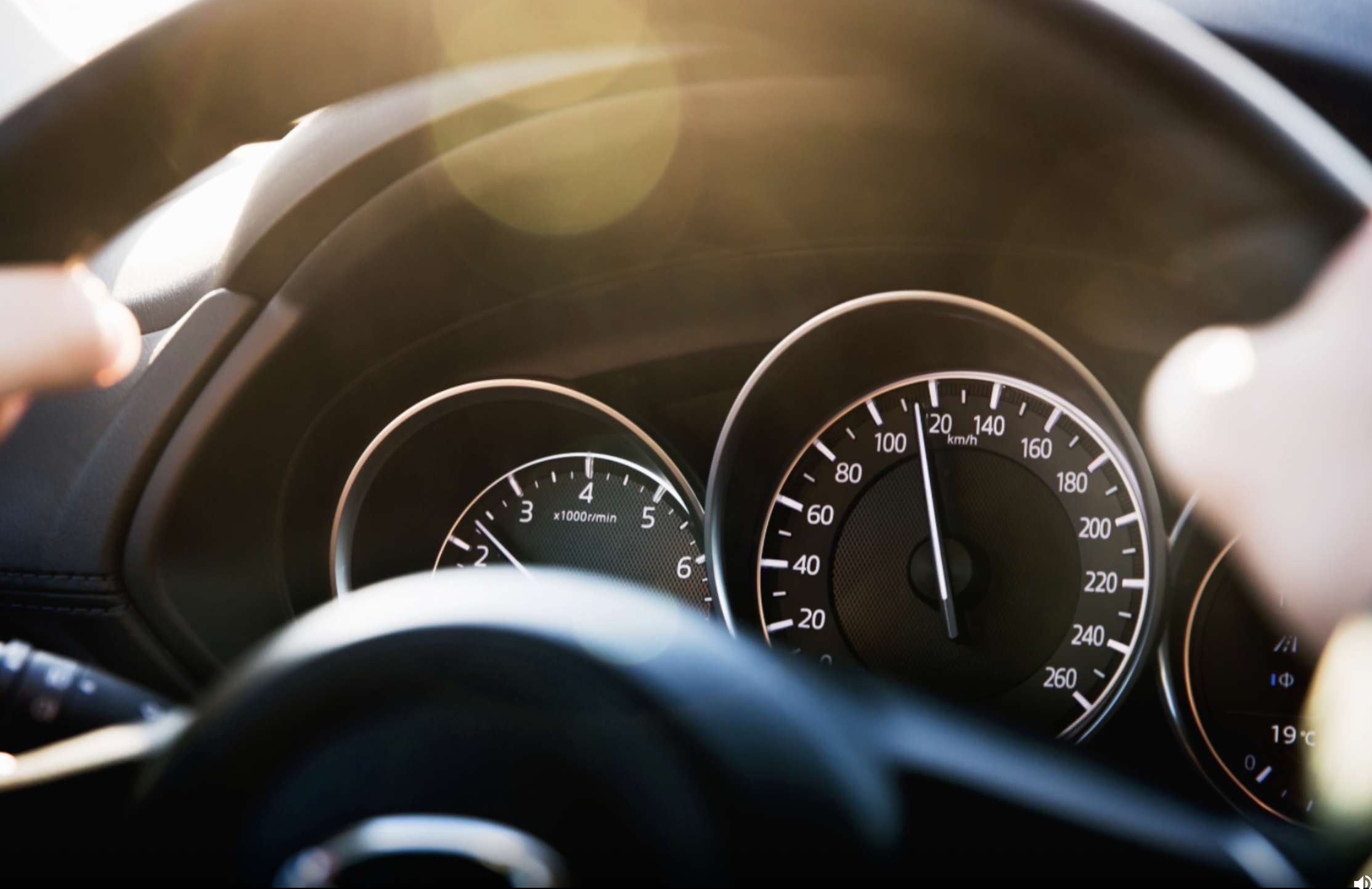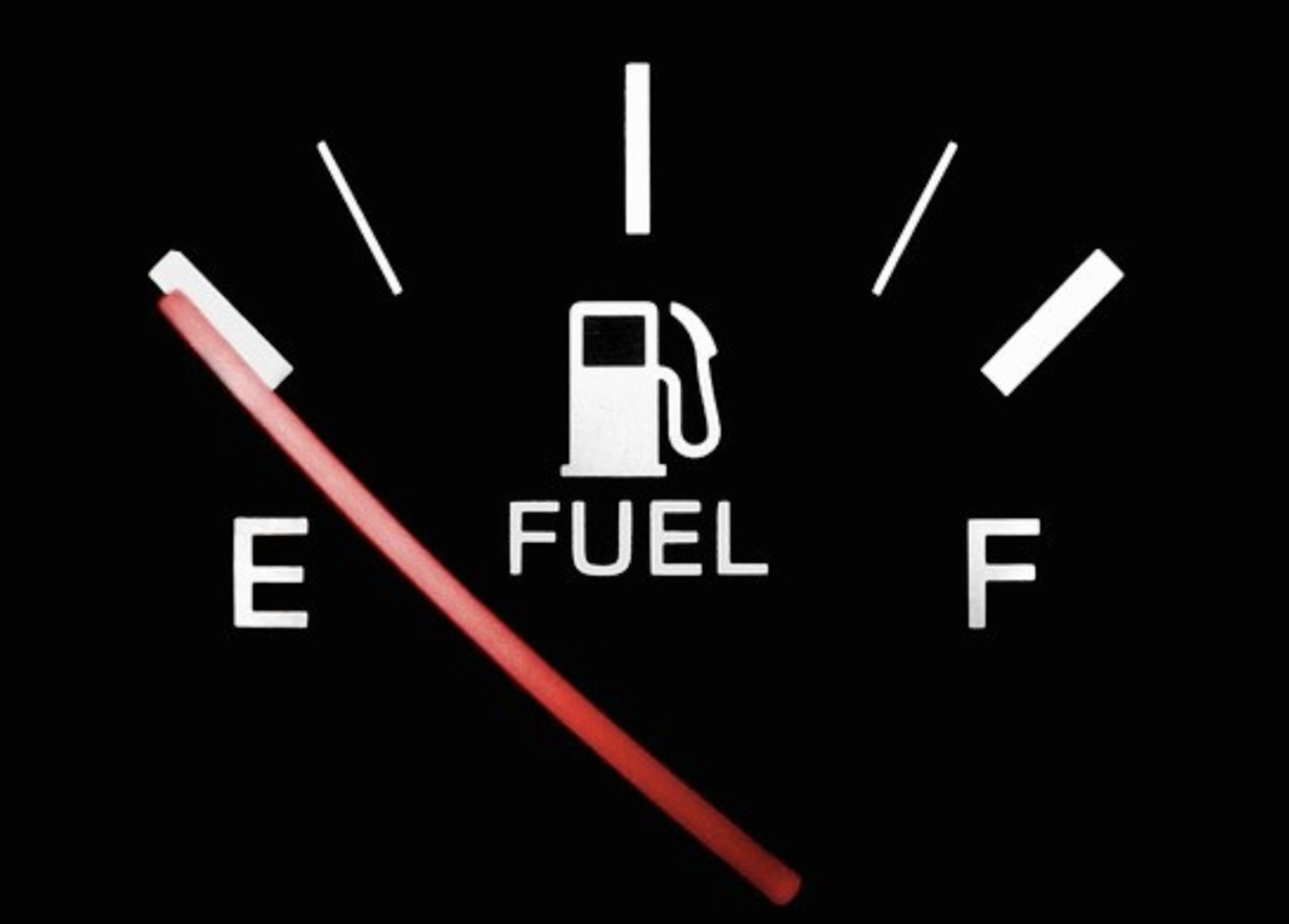SYMPTOMS OF A BAD CRANKSHAFT POSITION SENSOR
purpose
The purpose of the crankshaft position sensor is to measure the engine’s rotational speed (rpms) and the position of the crankshaft. The engine control module (ECM) then uses this information to control the ignition and fuel injection timing.
location
The location of the crankshaft position sensor depends on the engine. It will typically be on the lower side of the engine, on the back/front, or on the left/right sides.
symptoms
engine light
The first symptom of a bad crankshaft position sensor is having an engine light on. If P0335 comes up when you scan for trouble codes, it means you could have a faulty crankshaft sensor. Ensure you can access your car's diagnostic codes by acquiring an OBD2 scanner here.
no start
The second symptom of a faulty crankshaft position sensor is a no-start. With the engine control module not being able to read the RPMs or position of the crankshaft, it won’t be able to know when to command spark or fuel for combustion, leaving you with a no start.
acceleration issues
The third symptom of a bad crankshaft position sensor is acceleration issues. When the vehicle’s speed increases, there need to be changes to the spark and fuel timing. If the rotations are not being measured by the sensor, then it makes sense why the car doesn’t run fluently when accelerating.
rough idle
The fourth symptom you might be experiencing is a rough idle. With the car on you’ll feel it shaking when stationary. This happens because the ECM can’t command proper spark timing due to the improper reading from the crankshaft position sensor, leading to engine misfires.
poor gas mileage
The fifth symptom of a bad crankshaft position sensor is poor gas mileage. This happens when the ECM doesn’t have the correct information coming from the sensor. If the information is incorrect, then the efficiency of the module commanding the fuel injectors will decrease.
Check out my YouTube video!
Disclaimer: Some links in this article may be affiliate links.








